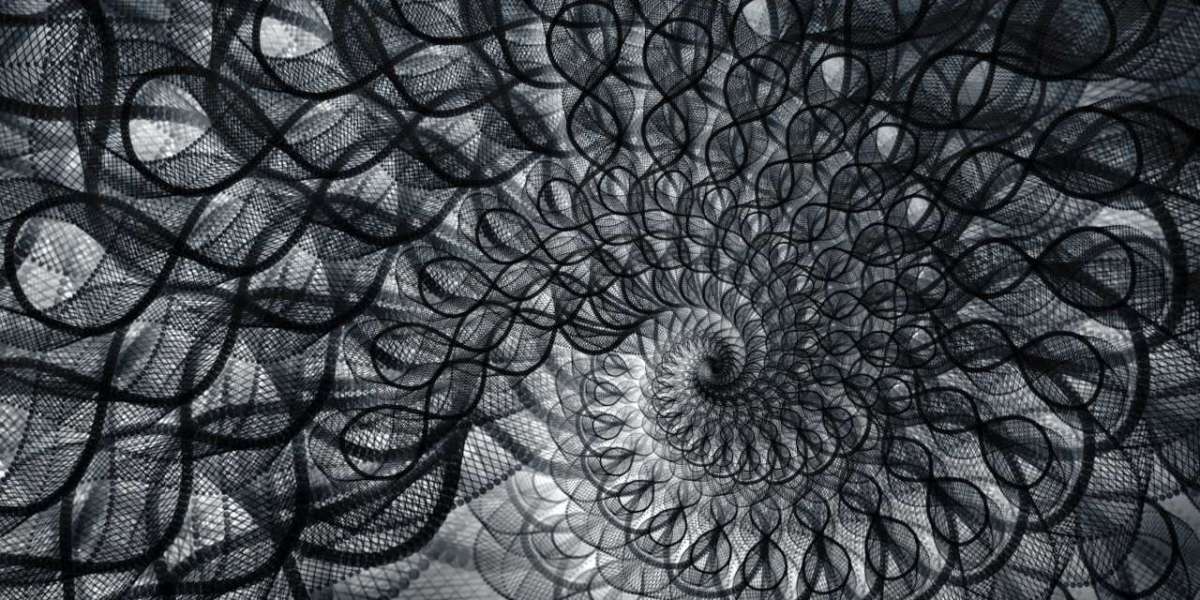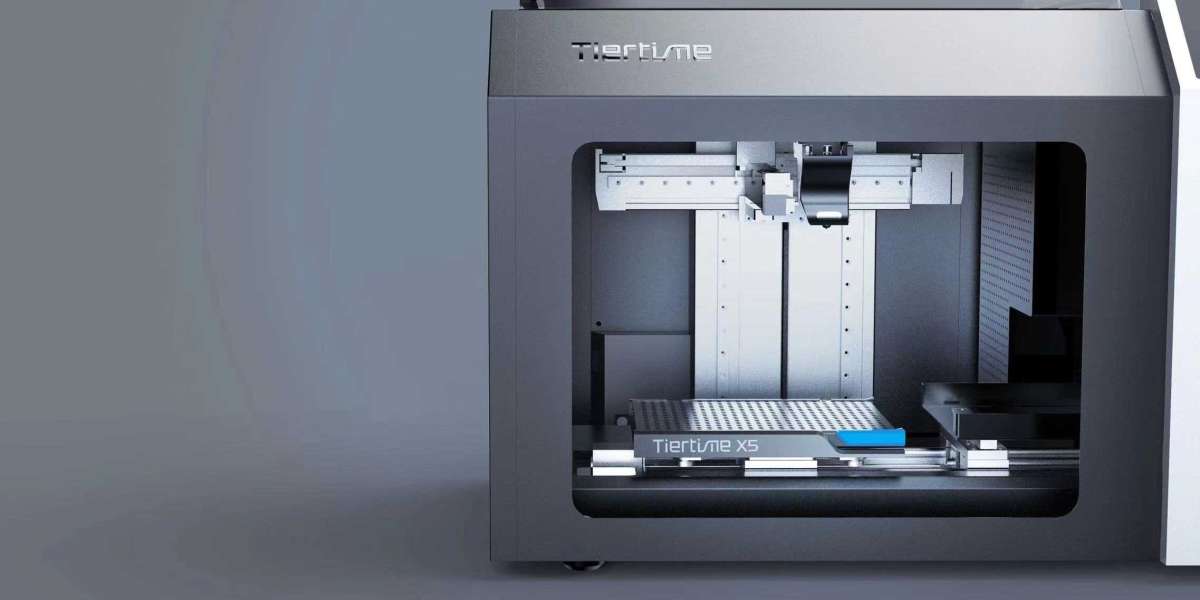Analysis of advantages and disadvantages of FDM printer and other 3D printing technologies
I've been studying 3D printing for a long time, and I'm going to share some of my thoughts on it. With the rapid development of 3D printing technology today, FDM (melt deposition molding) technology dominates the desktop 3D printer market with its advantages of low cost, easy operation and maintenance. However, in the face of the need for higher precision and more complex models, FDM technology has also exposed some shortcomings. This article will analyze the advantages and disadvantages of FDM printers in detail, and compare them with SLA (stereoscopic light curing molding) and SLS (selective laser sintering) technologies.
The advantages of FDM printers are mainly reflected in the following aspects. First of all, the equipment is low cost and easy to maintain. Because it does not use valuable components such as lasers, the initial investment and later maintenance costs of FDM printers are relatively low. Secondly, the operation environment is friendly, no special printing environment is required, and it can be used in offices or homes. In addition, FDM technology uses a wide variety of materials, such as ABS filament , PLA, PC and other engineering plastics, which are easy to obtain and low cost. Moreover, the material utilization rate of FDM printers is high, and waste materials can be recycled and reused, reducing waste.
However, FDM printers also have some obvious drawbacks. The first is the slow printing speed, which is not suitable for mass production and printing of large-size models. Secondly, the printing accuracy is low, and the surface has obvious lamination, which is not suitable for high-precision parts or assemblies. In addition, for models with complex structures, FDM printers need to design support structures, which not only wastes materials, but also the process of removing support structures is more cumbersome.
Compared with FDM technology, SLA technology has higher printing accuracy and better surface quality, which is suitable for printing fine parts and complex structures. However, SLA equipment is expensive and expensive to maintain, and the resin materials used are chemically irritating and require special handling environments. SLS technology does not need a support structure, and the printed parts have good mechanical properties, but the equipment and material costs are high, and dust pollution is generated during the printing process.
In summary, FDM printers have obvious advantages in terms of cost, ease of operation and material utilization, but there are shortcomings in printing speed, accuracy and complex structure processing. Therefore, I think that when choosing the right 3D printing technology, it is necessary to make comprehensive consideration according to the specific application needs and cost budget.
Search
Popular Posts
-
 Extra Virgin Olive Oil Salad Dressing: Elevate Your Salad Game - Aussie Basket’s Best Collection
Extra Virgin Olive Oil Salad Dressing: Elevate Your Salad Game - Aussie Basket’s Best Collection
-
 Best 3D Printers in Kerala: Explore WOL3D Coimbatore's Cutting-Edge Selection
Best 3D Printers in Kerala: Explore WOL3D Coimbatore's Cutting-Edge Selection
-
 Reinforce that which you find out about thc vape nearby
By fowlnumber5
Reinforce that which you find out about thc vape nearby
By fowlnumber5 -
 Boosting Business Experiences: Why Australian Companies Should Embrace IG Stories
Boosting Business Experiences: Why Australian Companies Should Embrace IG Stories
-
 wow goldwow goldwow goldwow goldwow gold
By cicoop6
wow goldwow goldwow goldwow goldwow gold
By cicoop6



